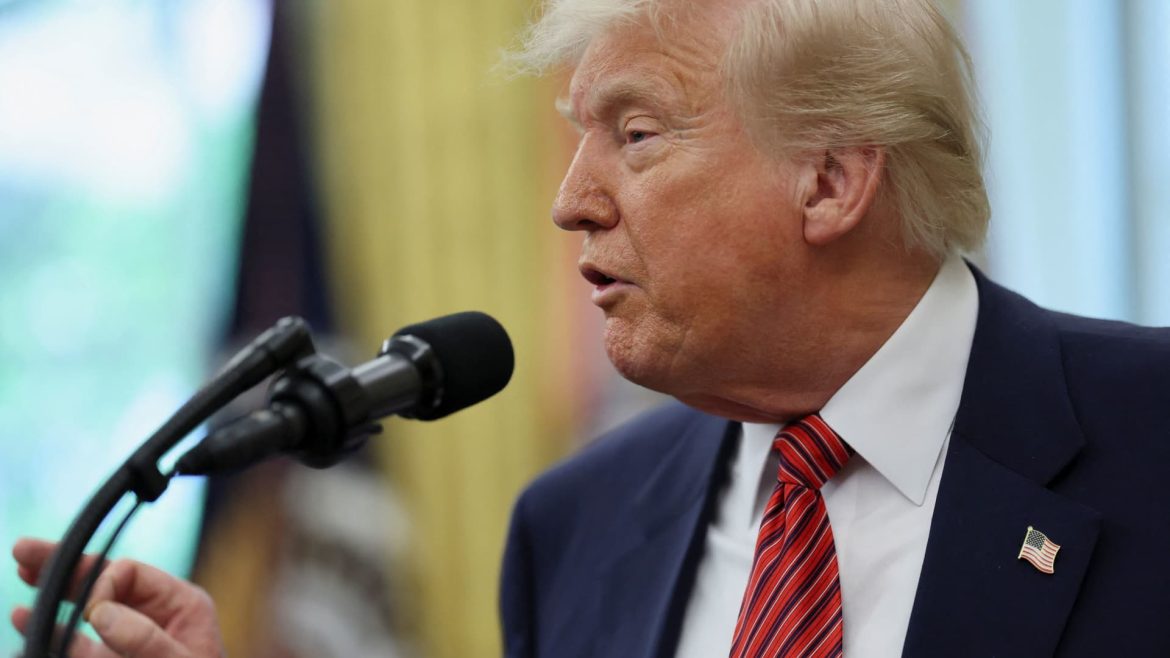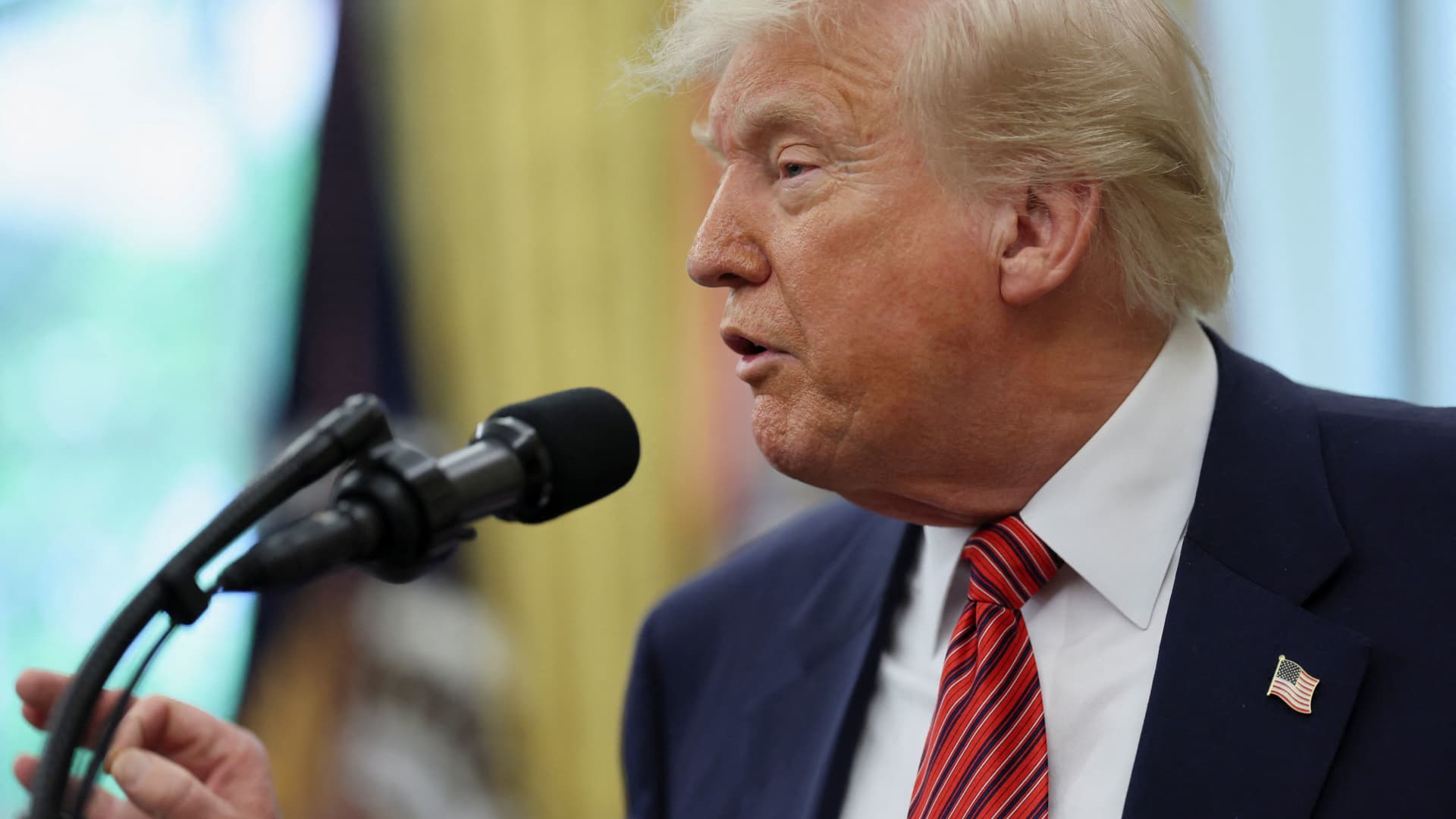The recent announcement by former U.S. President Donald Trump declaring a “done” trade deal with China, centering on China supplying rare earths and magnets to the United States, marks a significant juncture in the complex dynamics of U.S.-China economic relations. This trade framework, pending final approval from Chinese President Xi Jinping, also reportedly involves reciprocal concessions such as the U.S. allowing Chinese students to study in American colleges, alongside tariff arrangements heavily skewed toward China under Trump’s outlined terms. A deep analysis of this development illuminates the strategic, economic, and geopolitical stakes embedded in rare earth minerals and the broader trade context.
The Importance of Rare Earth Minerals in U.S.-China Trade Relations
Rare earth elements (REEs) — a group of 17 metallic elements—are indispensable in the manufacture of advanced technologies, including electric vehicles, aerospace components, defense systems, renewable energy equipment, and consumer electronics. China dominates global production and export capacity for these materials, controlling an estimated 60-80% of supply, giving it substantial leverage in trade negotiations and industrial competitiveness.
Given their crucial role, the recent trade talks emphasize the supply of “full magnets and any necessary rare earths” upfront by China, a phrase reportedly used by Trump signaling China’s commitment—at least in principle—to ensuring uninterrupted access to these critical materials. This is particularly relevant because China’s past export restrictions on rare earths and advanced magnets have caused international concern for potential supply chain vulnerability and national security implications, especially for the United States.
Details and Terms of the Reported Agreement
According to Trump’s announcements on platforms like Truth Social and corroborated by multiple news reports, the deal includes several key components:
– China’s Supply Commitment: China agrees to supply magnets and any necessary rare earth minerals “up front” to the U.S., alleviating previous uncertainties about export restrictions.
– Tariff Arrangement: Trump claims the U.S. will maintain a total tariff rate of 55% on Chinese imports, compared to China’s 10%, indicating a heightened barrier against Chinese goods while demanding supply assurances.
– Student Exchange: The U.S. reportedly agrees to allow Chinese students access to American colleges and universities, potentially as a goodwill or softer diplomatic concession.
– Pending Final Approval: The deal is described as “done” but subject to ratification by Presidents Trump and Xi Jinping.
The framing of these terms suggests a complex tradeoff: the U.S. seeks to secure critical mineral inflows and technological material supply chains while leveraging tariff policy and bilateral educational exchanges for broader strategic advantage.
Strategic Implications for Both Nations
For the United States:
– Supply Chain Security: The U.S. has long been alarmed by its near-total dependence on China for rare earth minerals and related components. If China reliably supplies these materials “up front,” it would temporarily ease pressures on U.S. industries and defense sectors reliant on these imports.
– Trade Tariffs as Leverage: Maintaining elevated tariffs on Chinese imports reflects an aggressive posture designed to pressure Beijing economically, even while conceding on rare earth supplies.
– Educational Exchanges: Allowing Chinese students in U.S. universities arguably supports soft diplomacy, knowledge flow, and potentially innovation collaboration but may raise national security concerns in some sectors.
For China:
– Economic Leverage: By controlling rare earth exports, China wields a potent non-tariff tool in the trade conflict, exploiting a chokehold on materials essential to the U.S. economy and defense.
– Trade Concessions: Offering rare earth supplies upfront might signal willingness to reduce some friction in exchange for tariff stabilization and continued access to U.S. higher education markets.
– Global Reputation as Supplier: Despite restrictions, China benefits from maintaining an image of reliability as a supplier, which is critical for its long-term trade and diplomatic relations.
Underlying Tensions and Market Realities
Despite the optimistic framing by Trump calling the relationship “excellent” and the deal “done,” analysts and market watchers remain cautious:
– Enforcement and Timing Uncertainty: The deal’s finalization hinges on high-level approval and the actual implementation of China’s rare earth export commitments, a process historically fraught with delays and ambiguities.
– Global Rare Earth Supply Constraints: Beijing has imposed export licenses and restrictions in past retaliations, complicating stable supply flows. Restarting these exports may involve administrative and bureaucratic challenges yet to be resolved.
– Strategic “Rare Earth Card”: Some experts suggest China may not fully relinquish this powerful bargaining chip and could continue to use it tactically in future trade negotiations.
– Tariff Impact on Trade Flows: The significant disparity in tariffs (55% U.S. vs. 10% China) may distort trade volumes and incentivize sourcing adjustments, prompting economic recalibrations.
Broader Context of U.S.-China Trade and Geopolitical Landscape
The rare earth trade agreement is part of a layered diplomatic effort to ease an extended trade war that has seen tit-for-tat tariffs and escalating tensions disrupt global supply chains and international relations. The U.S. seeking to “undo devastating trade curbs” and China cautiously balancing assertiveness with economic interdependence reflects the delicate dance inherent to U.S.-China engagement.
Rare earth negotiations also underline the strategic vulnerabilities in today’s globalized economy, where essential materials are concentrated within few players, magnifying geopolitical risk. The resumption of trade talks, highlighted by upcoming meetings in London and ongoing dialogues, signals mutual recognition of the necessity to manage conflicts without severing critical economic links.
Conclusion: A Tentative Step Toward Trade Stability
While the announcement of China supplying rare earths upfront to the U.S. marks a potentially positive breakthrough in securing critical resources vital to technology and defense sectors, the broader implications are complex and nuanced. The deal encapsulates a balancing act between securing supply chains, maintaining tariff leverage, and managing diplomatic relations amid lingering mistrust and strategic rivalry.
The “done” deal reported by Trump is a symbolic milestone that could ease immediate tensions and provide relief to industries dependent on rare earth minerals. However, the durability and effectiveness of the agreement will depend on transparent implementation, continual diplomatic engagement, and the ability of both nations to navigate the underlying geopolitical competition that rare earth trade unequivocally embodies.
In sum, this development underscores how rare earth minerals have evolved beyond simple commodities into pivotal elements of global power, shaping the contours of 21st-century economic and strategic contestation between the world’s largest economies.





